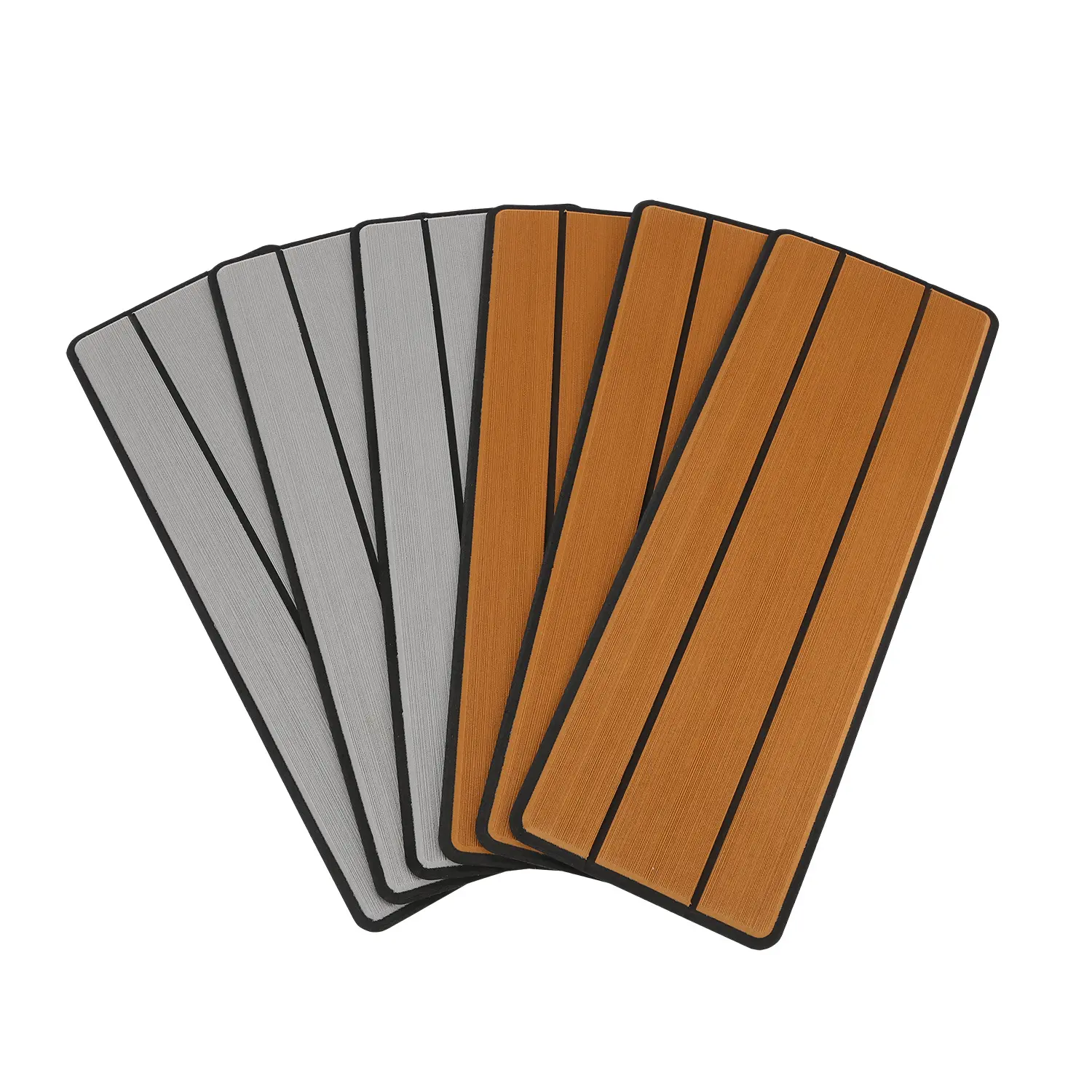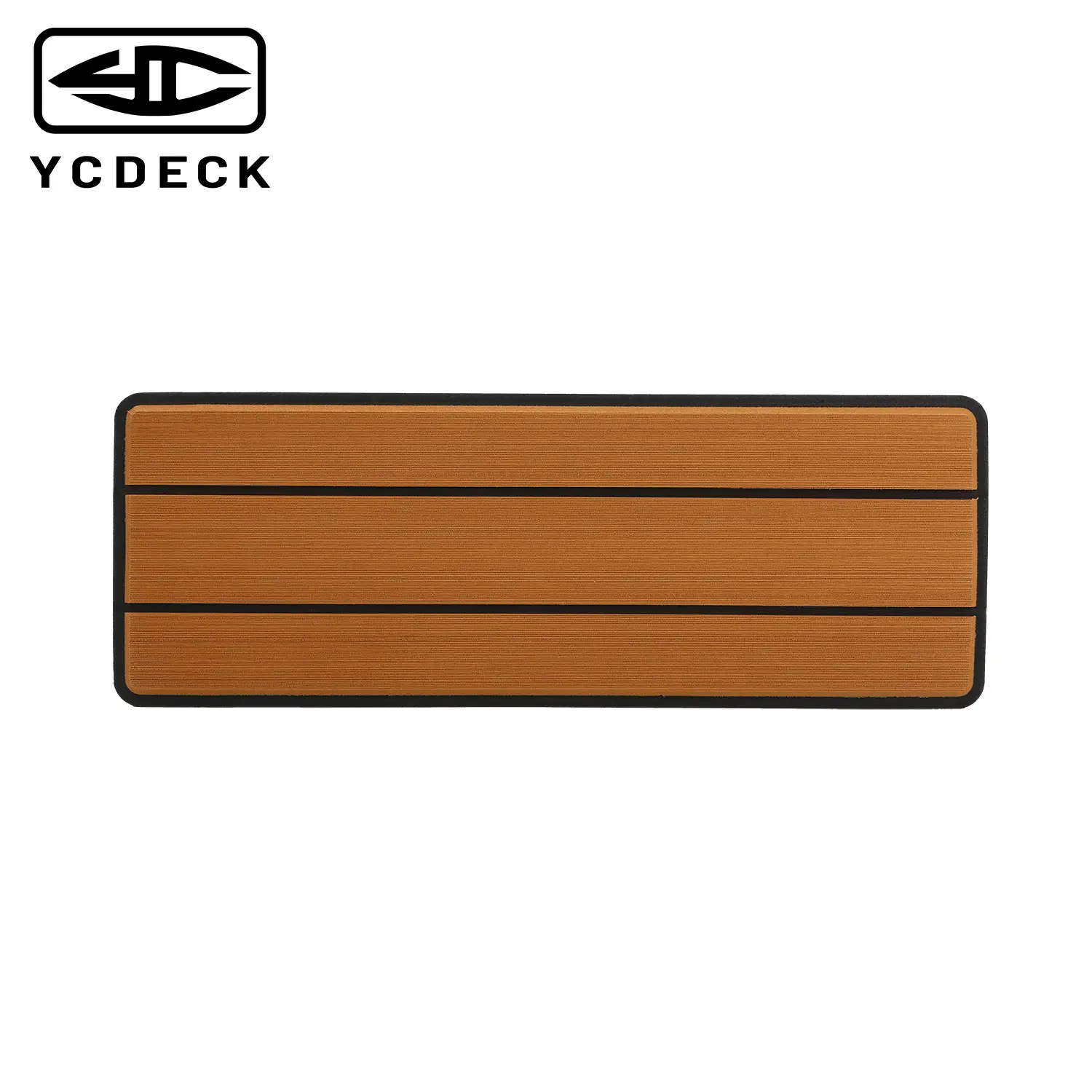Essential Guidelines for Creating Your Perfect Boat Deck
Embarking on a DIY boat deck project can transform your vessel while saving substantial costs. Whether you own a pontoon, sailboat, or fishing vessel, a well-executed deck renovation enhances both aesthetics and functionality. This comprehensive guide will walk you through the essential steps, materials, and techniques needed to successfully complete your DIY boat deck project.
Before diving into your deck renovation, understanding the scope of work and preparing adequately will ensure a successful outcome. A DIY boat deck project typically requires careful planning, the right tools, and proper safety measures. Let's explore how to tackle this rewarding home improvement project for various boat types.

Preparation and Planning Process
Assessment and Design Considerations
Start your DIY boat deck project by thoroughly assessing your vessel's current condition. Examine the existing deck for soft spots, water damage, or structural issues that need addressing. Take precise measurements and create detailed drawings of your deck layout, accounting for built-in features like storage compartments, fishing rod holders, or seating areas.
Consider the specific requirements of your boat type. Sailboats need non-slip surfaces and proper drainage systems, while fishing boats might require additional reinforcement for heavy equipment. Document all measurements and create a scale drawing to visualize the final result and calculate material quantities accurately.
Material Selection and Budget Planning
Choosing appropriate materials is crucial for a successful DIY boat deck project. Marine-grade plywood, teak, or synthetic decking materials are popular options, each with distinct advantages. Marine-grade plywood offers durability and cost-effectiveness, while teak provides classic beauty and natural water resistance. Synthetic materials like PVC or composite decking deliver excellent longevity with minimal maintenance requirements.
Create a comprehensive budget that includes not only decking materials but also adhesives, fasteners, tools, and safety equipment. Factor in a contingency fund of approximately 15% for unexpected challenges or additional materials needed during the project.
Tools and Materials Required
Essential Equipment List
A successful DIY boat deck project requires specific tools for proper installation. Key items include a circular saw with fine-tooth blade, jigsaw for curved cuts, electric drill with various bits, orbital sander, and measuring tools. Additionally, you'll need safety equipment such as protective eyewear, dust masks, work gloves, and knee pads for comfort during installation.
Specialty tools like a moisture meter to check wood conditions and a heat gun for working with synthetic materials might also prove invaluable. Consider renting expensive tools you'll only use once rather than purchasing them outright.
Material Quality and Quantity Guidelines
Calculate material quantities with precision to avoid costly overages or time-consuming shortages. For wooden decks, include enough marine-grade plywood for the base layer plus additional material for waste and mistakes. When using synthetic decking, account for expansion gaps and trim pieces. Purchase high-quality marine adhesives, stainless steel fasteners, and appropriate sealants designed for marine environments.
Always choose materials rated for marine use and consider your local climate conditions. Extreme temperature variations or high humidity levels might influence your material selection and installation methods.
Installation Techniques for Different Boat Types
Pontoon Deck Installation
Pontoon boats present unique challenges for DIY boat deck projects due to their large, flat surfaces. Begin by removing old decking material and inspecting the supporting structure. Replace any corroded cross members before installing new decking. When laying new materials, work from the center outward to ensure proper alignment and prevent warping.
Pay special attention to sealing edges and corners to prevent water infiltration. Install proper drainage channels and use appropriate underlayment to prevent squeaking and ensure longevity. Consider adding extra support beneath high-traffic areas and around furniture mounting points.
Sailboat Deck Considerations
Sailboat decks require special attention to maintain structural integrity while providing secure footing. When planning your DIY boat deck project, account for hardware mounting points, winches, and other sailing equipment. Create templates for complex curves and ensure proper camber for water runoff.
Install non-skid surfaces in high-traffic areas and around the cockpit. Pay particular attention to sealing around deck fittings and maintaining the integrity of the core material to prevent water intrusion and subsequent delamination.
Finishing and Maintenance
Surface Treatment and Sealing
Proper finishing is crucial for protecting your DIY boat deck investment. Apply appropriate sealants and non-skid treatments based on your chosen material. For wooden decks, use marine-grade varnish or oils designed for nautical applications. Synthetic decking may require specific cleaners and UV protectants to maintain appearance and functionality.
Allow adequate curing time between coats and before exposing the deck to heavy use or harsh weather conditions. Consider local climate patterns when scheduling your finishing work to ensure optimal results.
Long-term Maintenance Strategies
Develop a regular maintenance schedule to protect your DIY boat deck investment. Inspect the deck thoroughly at least twice per season for signs of wear, damage, or water intrusion. Clean the surface regularly using appropriate cleaners and tools to prevent staining and deterioration.
Address any issues promptly to prevent more extensive damage. Keep detailed records of maintenance activities and product applications to optimize future care routines and identify potential problem areas early.
Frequently Asked Questions
How long does a typical DIY boat deck project take to complete?
The duration of a DIY boat deck project varies significantly depending on the boat size, complexity, and your experience level. A typical pontoon deck replacement might take 2-4 weekends, while a complete sailboat deck restoration could require several weeks of dedicated work. Weather conditions and material curing times also influence the overall timeline.
What are the most common mistakes to avoid in DIY boat deck projects?
Common pitfalls include inadequate preparation, poor material choices, incorrect fastener selection, and insufficient waterproofing. Always research thoroughly, double-check measurements, and ensure proper ventilation and drainage. Don't rush the project or skip crucial steps like proper sealing and curing times.
How much money can I save with a DIY boat deck project?
A DIY boat deck project typically saves 50-70% compared to professional installation costs. However, factor in tool purchases or rentals, and potential mistakes requiring additional materials. The actual savings depend on your skill level, material choices, and boat size, but most boat owners report significant cost reductions through DIY work.





